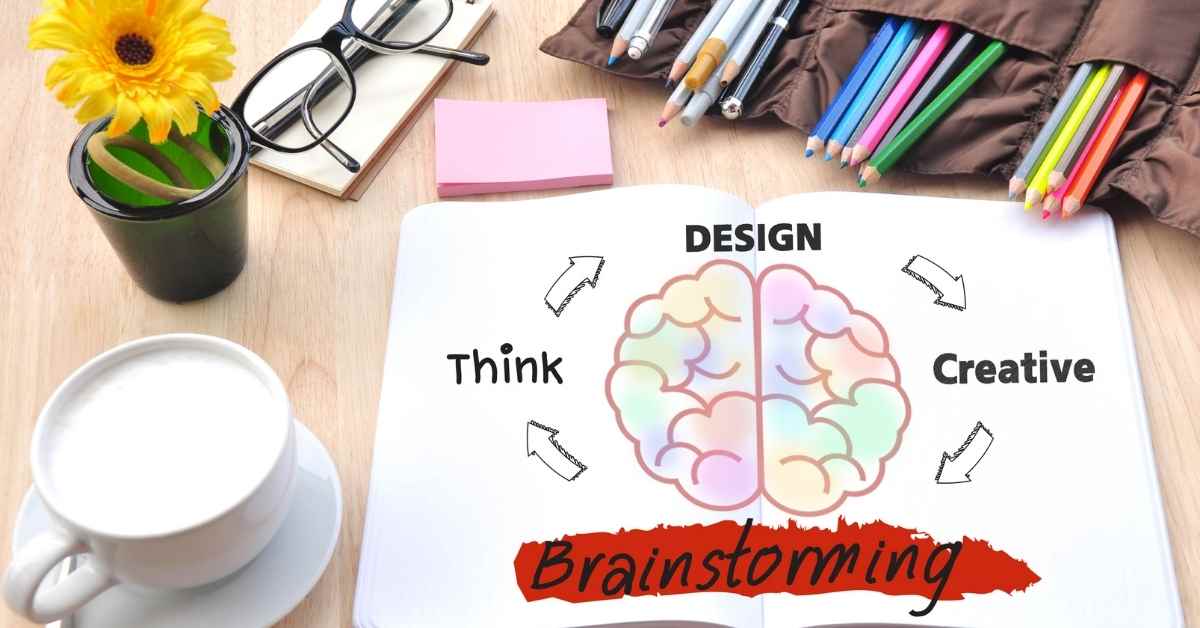In this article, We will explain what is design thinking, And why design thinking introduced by many advanced companies.
What is the most conscious business worker in his 30s? Some may say "logical thinking." It is true that logical thinking is important in business, but "design thinking" is required as much as or more than logical thinking.
Design thinking that many companies pay attention to
What many companies are paying attention to in recent years is what is called "design thinking." Today, it is a way of thinking that is also adopted by global companies such as Apple and Google.
In fact, many companies that utilize "design thinking" for management have realized the effect, such as data that "sales, profits, and even stock price growth is higher" than other companies.
According to a survey conducted by InVision Inc. (InVision), which provides software for designers, about 70% of companies in the world are actively utilizing design thinking in their management.
However, many of them still use design thinking only for product development, and only a few companies have design thinking at the core of their management.
In other words, it can be said that the importance of design thinking will increase as the penetration of design thinking into the management part progresses in the future.
What is design thinking in the first place?
Few people may have a correct understanding of design thinking. So let's dig into what design thinking is again.
When we think of design, we tend to associate the shape and design of the product. But in essence, design thinking is a "problem-solving process."
Design thinking can be broadly divided into the following five. Design thinking is to run this EDIPT process at high speed.
- Empathy
- Define
- Conceptualization (Ideate)
- Prototype
- Test
Empathy
The most important thing in EDIPT is "empathy." Empathy is the process of "being close to the user and understanding the user's behavior." It's not just about listening to users. The process of empathy is to listen to your opinions and then dig deeper to understand what the user really wants.
Define
The process of firmly defining the content gained through empathy in words is also important. Clarify what you think about your problems and needs.
Conceptualization (Ideate)
We will raise various hypotheses and generate ideas for solving problems.
Prototype
In this process, you start working on the problem from the ideas you actually created.
Test
We will verify what you actually tackled the problem. It is important to feed back the results of the verification so that it can be further refined.
However, in the world of recent years, there are many cases where uncertainties are high and complicated problems are intertwined.
In these times, it is said that design thinking, which can rotate VUCA faster than the conventional process, can generate greater returns with less investment. VUCA is an acronym for the following.
- Volatility
- Uncertainty
- Complexity
- Ambiguity
It is often difficult to predict in a complex world environment, so it is necessary to flexibly adapt the ideas of EDIPT and VUCA. If you keep this way of thinking in mind, you will be able to understand the importance of design thinking even more.
Design thinking and logical thinking can coexist
Design thinking and logical thinking are never in conflict. Design thinking is the process of speeding up VUCA and dealing with uncertainty, while logical thinking is the process of selection.
Thinking logically in each phase of design thinking is very important. Far from being able to coexist with design thinking and logical thinking, We think that both will become necessary skills for office workers who will be active on the front lines in the future.
Let's introduce the way of design thinking work
Design thinking is a problem-solving process that is used by many leading companies for management.
However, the idea is simple, "user first," and you never learn it by reading a difficult book. From tomorrow, why not try incorporating design thinking into your work and respond to an era of high uncertainty?












0 Comments